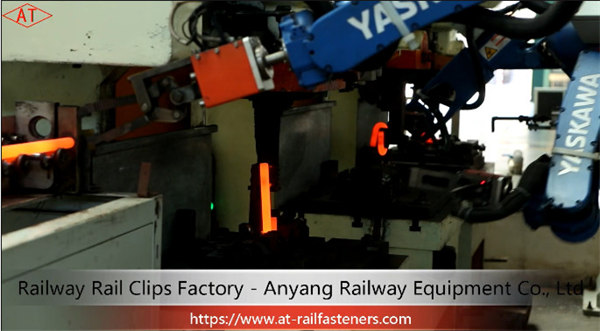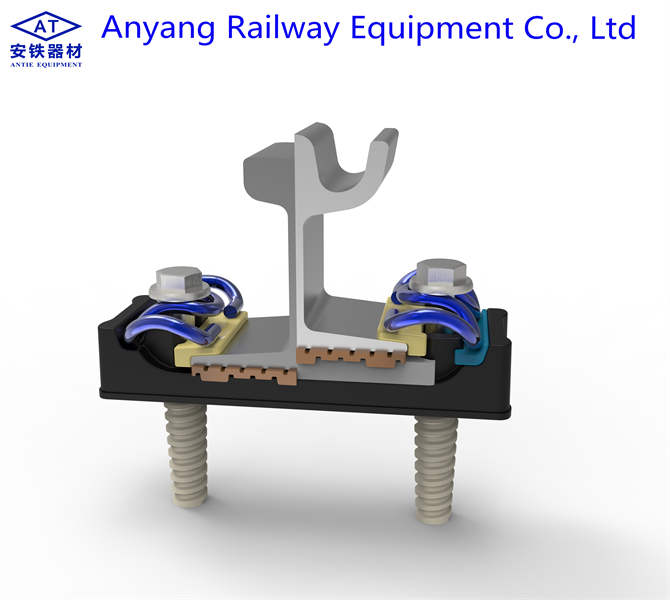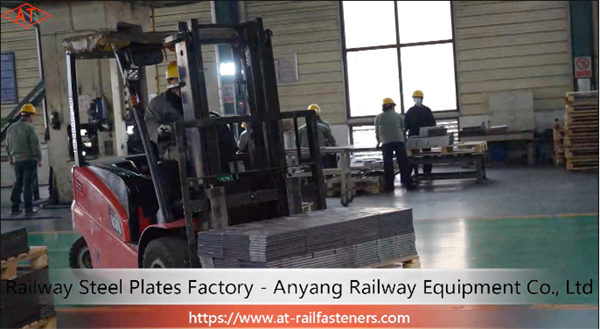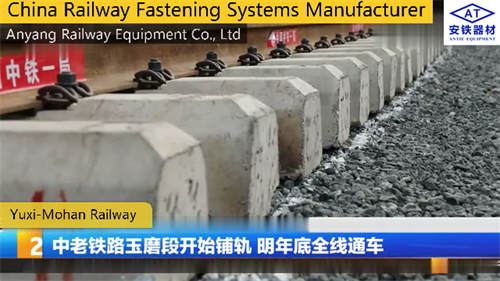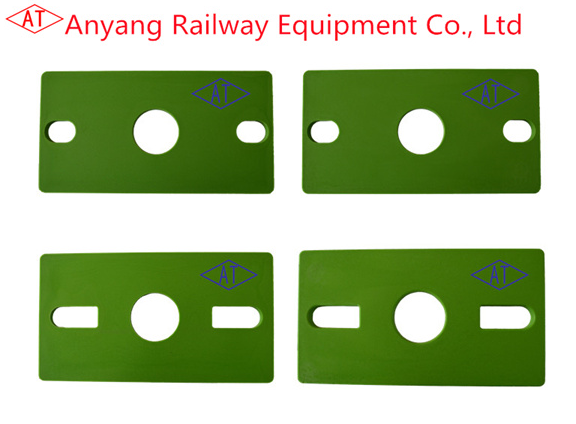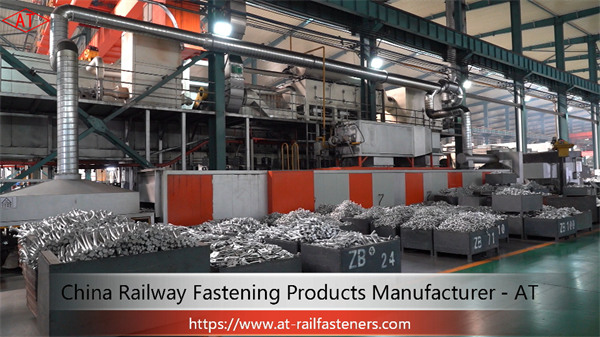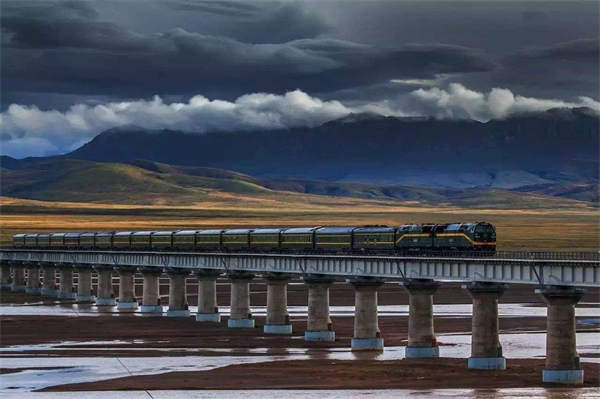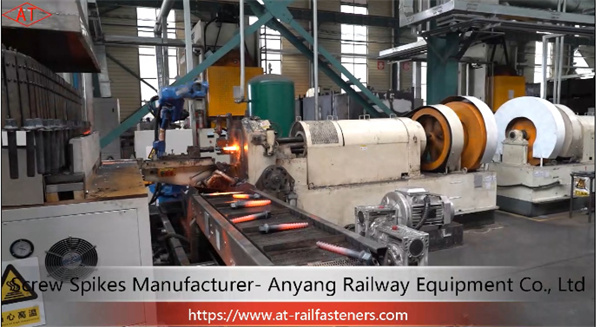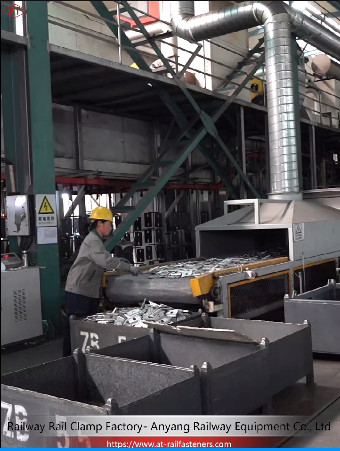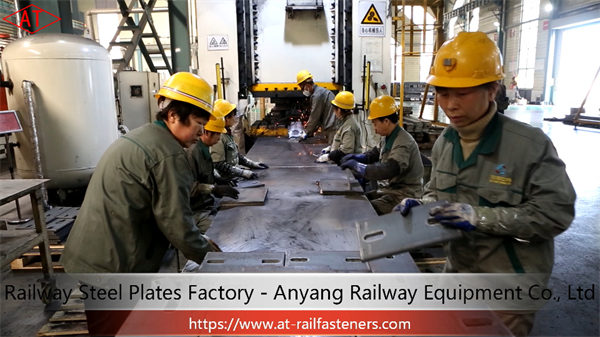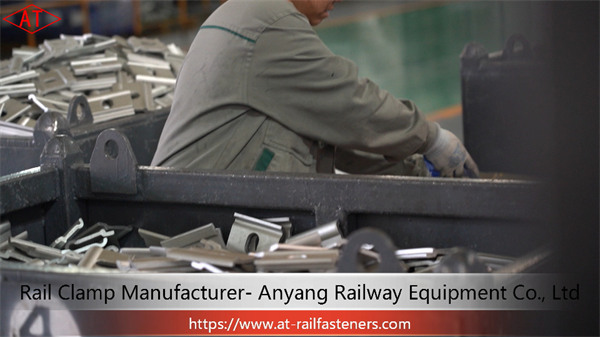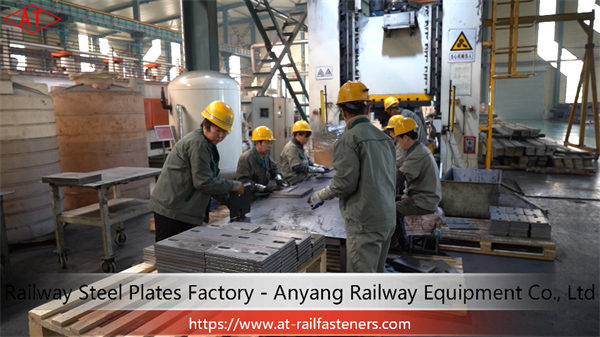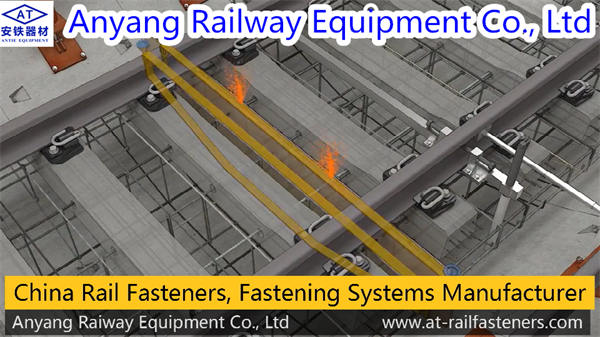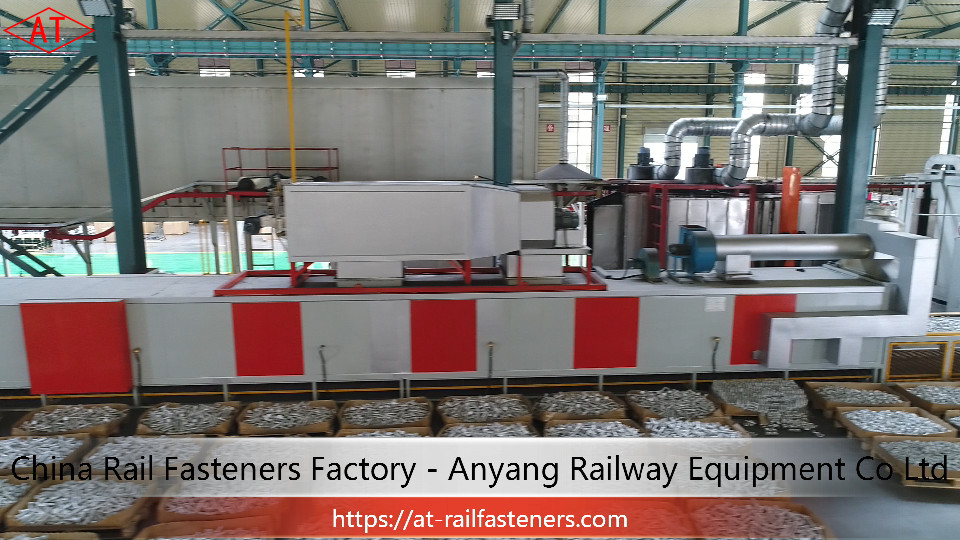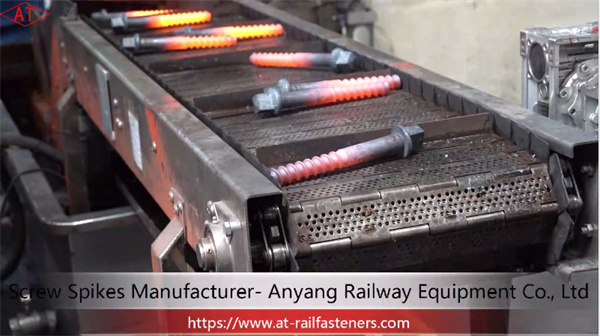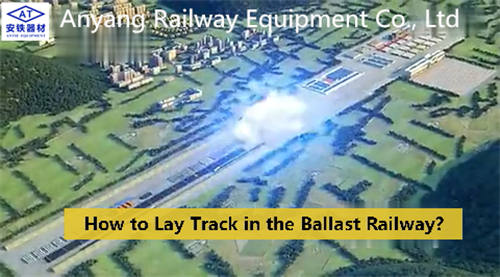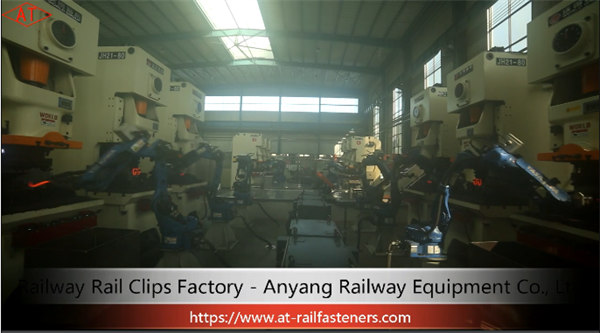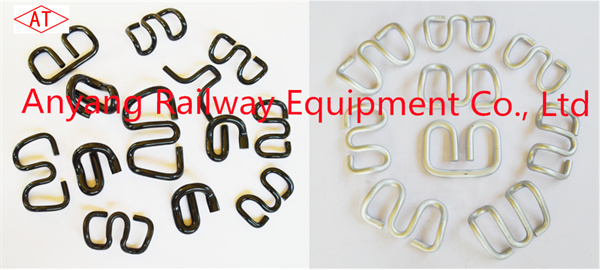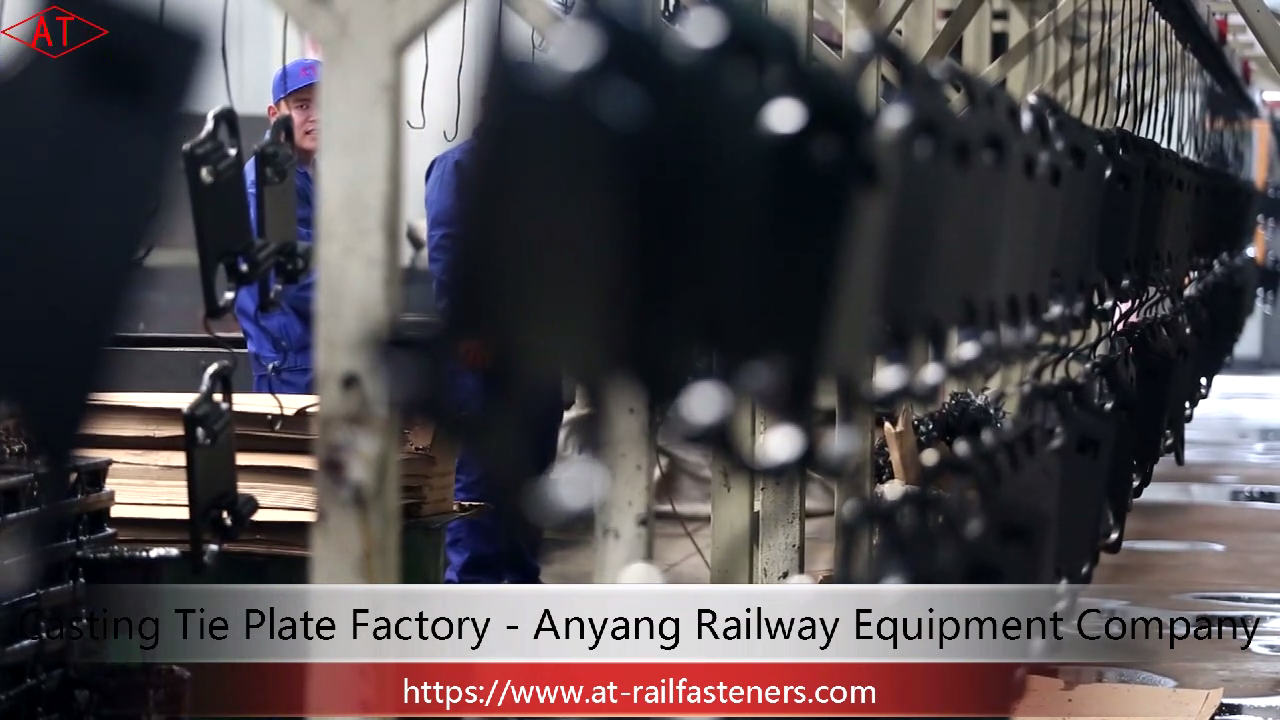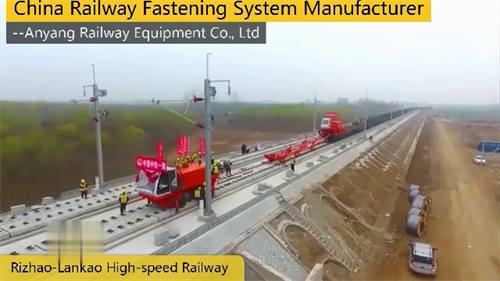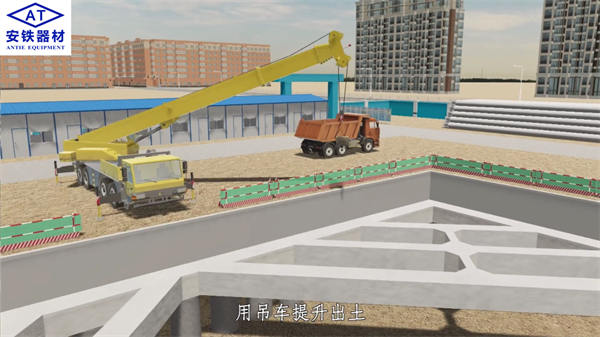
Construction of Subway Stations by Open Excavation Method
The video shows the construction of subway stations and tunnels by open excavation method as well as the advantages and disadvantages of the Open Excavation Method.
Construction of subway stations and tunnels by open excavation method.
The construction sequence is as follows: construction of enclosure structure (preferably underground continuous wall) – dewatering of well points in the pit, reinforcement of soil mass at the bottom of the pit – excavation of the first layer of earth and setting of the first layer of steel support – excavation layer by layer and support to the bottom of the pit – pouring of reinforced concrete structure on the bottom plate – removal of the lowest layer of support – pouring of concrete lining and underground continuous wall into the main structure exterior wall – removal of intermediate steel support, pouring of the middle plate and roof structure – construction of waterproof layer on the top plate Restore underground pipelines, cover soil, or restore pavement.
Construction of subway stations and tunnels by open excavation method. The construction sequence is as follows: construction of enclosure structure (preferably underground continuous wall) – dewatering of well points in the pit, reinforcement of soil mass at the bottom of the pit – excavation of the first layer of earth and setting of the first layer of steel support – excavation layer by layer and support to the bottom of the pit – pouring of reinforced concrete structure on the bottom plate – removal of the lowest layer of support – pouring of concrete lining and underground continuous wall into the main structure exterior wall – removal of intermediate steel support, pouring of the middle plate and roof structure – construction of waterproof layer on the top plate Restore underground pipelines, cover soil, or restore pavement.
2. Advantages and disadvantages of the Open Excavation Method:
Advantages:
(1) Ease of design: The force of the open excavation slope support structure, support, and anchorage system is relatively clear, and it is convenient to choose a reasonable design scheme and parameters.
(2) Facilitate rapid construction: Under normal circumstances, the construction site of the open cut method is relatively open, with many working surfaces, and a large number of personnel, equipment, materials, machines, etc. can be organized for rapid construction.
(3) Easy to control construction safety, quality, and progress: Most of the construction procedures and working surfaces of the open excavation method can be directly observed and inspected. The conditions are relatively good, so the safety, quality and progress of the construction are easy to control.
(4) In the case of a small amount of demolition, the project cost is lower: compared with the mining method and the shield method, the open-cut method has relatively less personnel input, relatively simple equipment, and relatively high construction efficiency. case, the cost is lower.
Shortcomings:
(1) The demolition workload is heavy, causing great disturbance to residents and affecting traffic: In cities, open excavation construction is adopted. In general, buildings need to be demolished, pipelines and trees relocated, and traffic control needs to be carried out when necessary.
(2) It is greatly affected by changes in climate and meteorological conditions: in cold areas or in windy, foggy, rainy, snowy, freezing weather, open-cut construction is more difficult and prone to danger.
(3) Great impact on the environment: The noise, dust, sewage, vibration, etc. brought about by the open-excavation method will have a relatively large impact on the environment. In addition, due to precipitation operations, may cause groundwater table drop, land subsidence, building tilt, and underground pipeline damage.
(4) The overall instability and damage of the foundation pit is prone to occur: In bad geology and complex environments, once the design or construction is improper, the slope will slip or the overall foundation pit will be unstable, which may cause heavy casualties and disasters.

